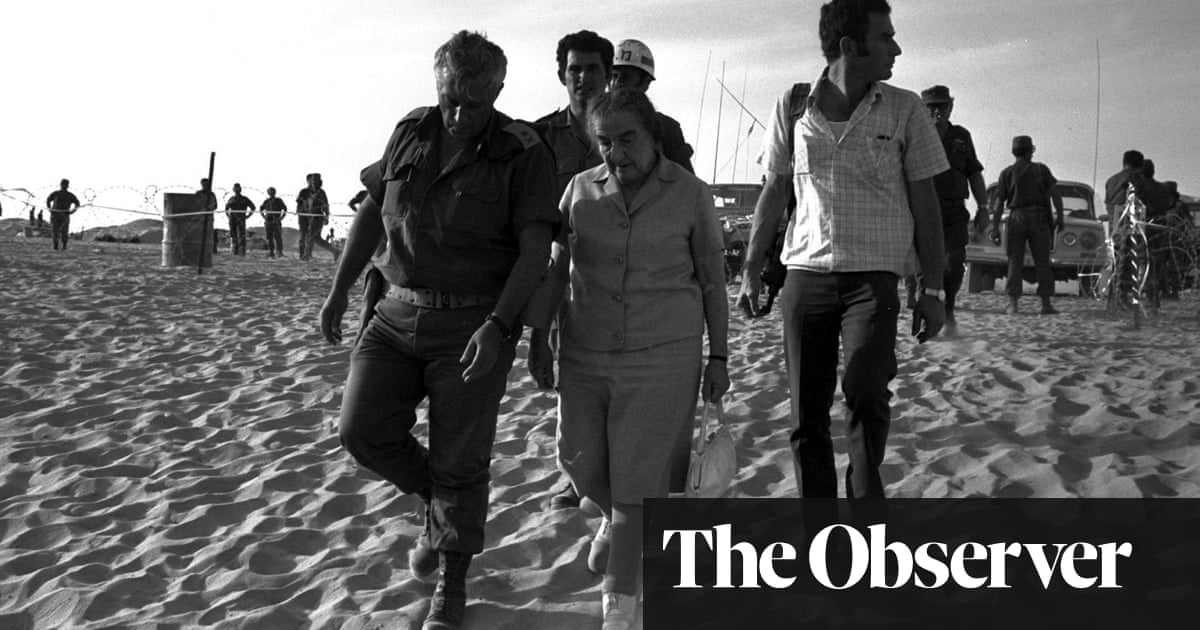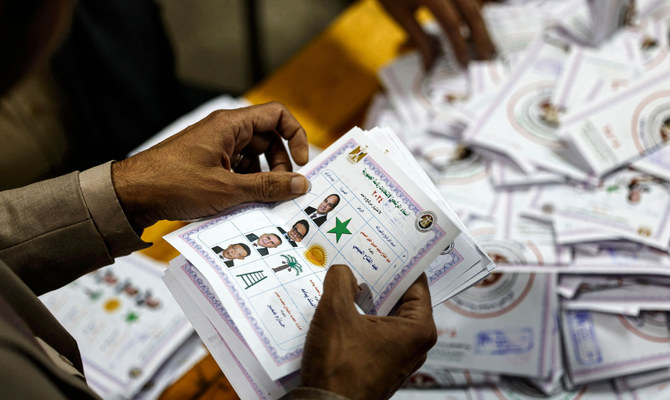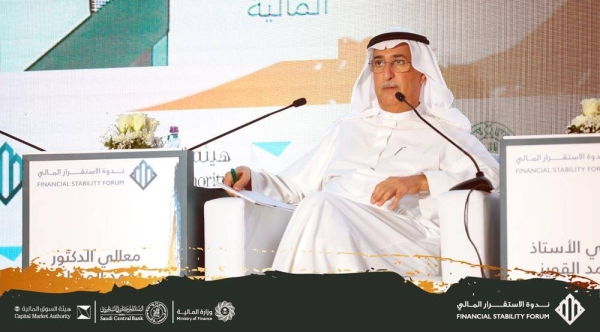
As the last days of the decade play out, the 2010s will be remembered as a wild period for international politics, including for the Middle East. This is largely because the fallout from the 2008-09 international financial crisis - which saw the global economic system teetering on the precipice - has been profound and not just economically.
That financial crisis, seen by many as the worst since the Great Depression, has helped spawn a long wave of international political turbulence. Just in the last few weeks of 2019, there have been mass protests in diverse countries from Lebanon to Chile and Bolivia over issues from corruption to economic inequality.
In Lebanon, for instance, plans for new taxes on tobacco, petrol and WhatsApp prompted wider protests over growing living costs for people, forcing then-Prime Minister Saad Hariri from office in October. In Chile, meanwhile, a metro price increase sparked unrest in one of the region’s wealthiest but most unequal countries, while then-Bolivian President Evo Morales resigned in November following protests over rising extreme poverty.
To some degree, this ongoing political fallout was partially predicted a decade ago. In February 2009, for instance, then-Secretary of State Hillary Clinton argued that “this economic crisis, left unresolved … will upend governments, (and) it will unfortunately breed instability.”
Yet what wasn’t seen fully at that time, except perhaps by a foresighted few, was the way in which this turbulence would ultimately help shape politics not just in emerging markets, but also long-established industrialized democracies. This reached its zenith in 2016 with the election of Donald Trump as US president, who may well win a second term in 2020, and the UK voting to leave the European Union.
What was so striking about both these 2016 events was that two of the countries previously known for their political stability, and being traditional rule makers of the international order, made the world a significantly more uncertain place.
However, significant political volatility has actually been a feature of international politics for much of the post-2008-09 period. Perhaps most eye-catching have been the political revolutions, popular uprisings and protests in emerging markets.
This includes the so-called ‘Arab Spring’ which began in Tunisia in late 2010 and subsequently spread to include revolutionary changes of power in Egypt and Libya; transfer of power in Yemen; plus demonstrations and uprisings in other parts of the region. There was also the Ukrainian revolution of 2014, which resulted in the ousting of pro-Moscow President Victor Yanukovych; the Brazilian demonstrations of 2013, the largest in the country for some two decades; and the 2011 Azerbaijani protests against the government.
Developed, industrialized countries have also taken a political hit too. In Europe, for instance, millions have taken to the streets, and administrations in more than half of the 27 EU states fell or were voted out of office from spring 2010 to 2012 alone. Within the core Eurozone, 11 of 14 governments collapsed or lost elections during those two years.
With the 2020s now on the horizon, a key question is whether high levels of political instability are now here to stay, especially if the global economy splutters again after recording in 2019 the weakest growth since the international financial crisis a decade ago.
Andrew Hammond
To be sure, this broad range of political instability has diverse origins, and economic issues are by no means the only driver. Unrest in the Arab world, for instance, has stemmed from deep-seated political and socio-economic discontent that pre-dates the financial crisis. Post-2008, however, factors including liquidity crunches, increased food prices, and unemployment spikes, have exacerbated these longer-standing grievances, as recently seen in Lebanon.
In Europe, to take a different example, the role of economic downturn and austerity has been central to unrest in numerous countries, especially those most affected by the Eurozone crisis. Even here though, protest has tapped into pre-existing disquiet with established political parties, hence the meteoric rise of new groups like Syriza which won power in Greece from 2015-19.
Nevertheless, this disparate range of political disruption across the world has reportedly been described as “a revolutionary wave, like 1848” by Sir Nigel Inkster, former director of operations for the UK’s Secret Intelligence Service. Others have compared the situation to 1914, 1968 and 1989.
Whatever the validity of these historical analogies, it is clear that there are some genuinely new factors to the post-2008 period. This includes the disruptive role of social media and other modern technologies.
With the 2020s now on the horizon, a key question is whether high levels of political instability are now here to stay, especially if the global economy splutters again after recording in 2019 the weakest growth since the international financial crisis a decade ago.
One of the reasons this is possible is the growing political salience of economic inequality in many countries, as shown by protests across the world in recent weeks. From Beirut to Santiago, many of those who have taken to the streets have long felt shut out of their nation’s prosperity with recent price rises for key services proving a tipping point.
Looking into the 2020s, a significant prospect therefore remains of political unrest with a critical uncertainty being the future trajectory of the global economy. Even if there is a new boom, however, instability could potentially be fueled not just by intensified economic inequalities, but longer-standing political and socio-economic discontent which social media is giving added impetus to.
• Andrew Hammond is an associate at LSE IDEAS at the London School of Economics.
Disclaimer: Views expressed by writers in this section are their own and do not necessarily reflect Arab News" point-of-view












